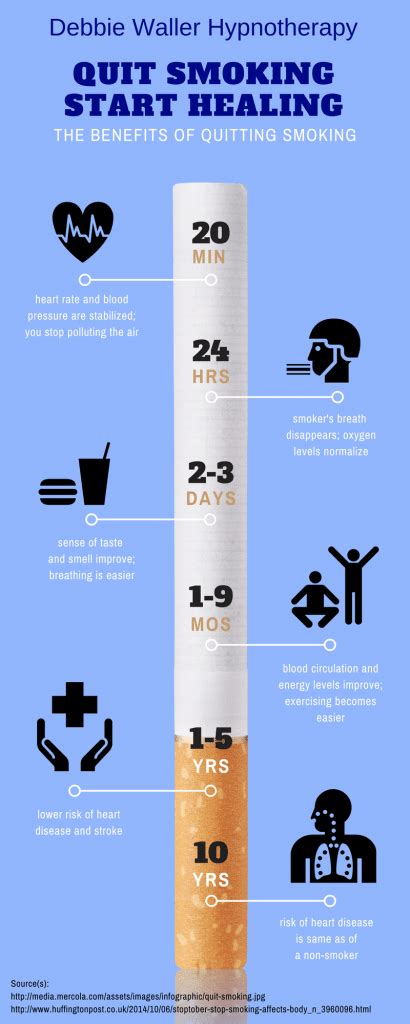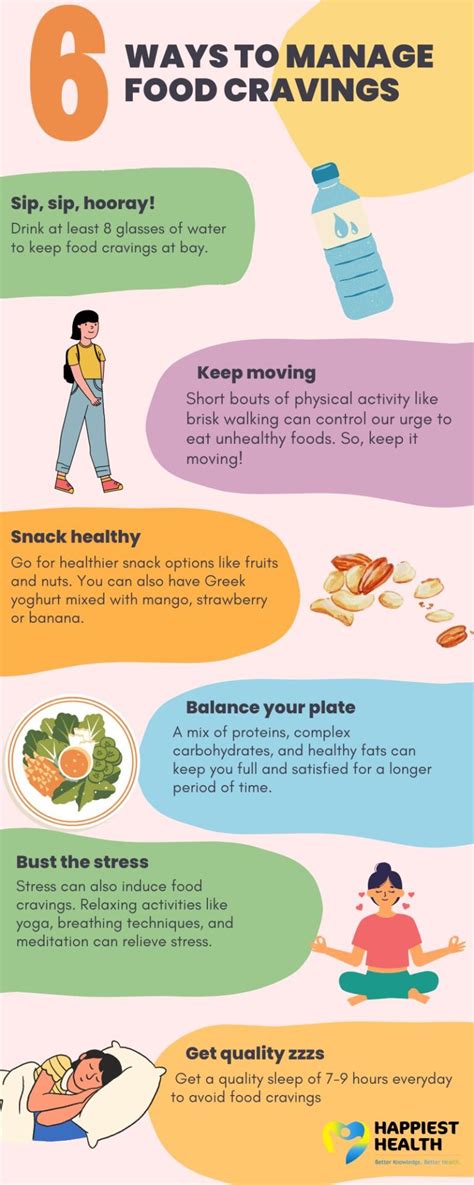Intro
Quit smoking with our Stop Smoking Timetable, a nicotine cessation guide using quit plans, smokefree strategies, and withdrawal symptom management for a healthier lifestyle.
Quitting smoking is a journey that requires dedication, perseverance, and a clear understanding of what to expect. For many smokers, the thought of quitting can be daunting, but with a well-structured plan, it's possible to overcome the addiction and live a healthier, smoke-free life. In this article, we'll delve into the importance of quitting smoking, the benefits of a stop smoking timetable, and provide a comprehensive guide to help you navigate the process.
Smoking is a leading cause of preventable deaths worldwide, accounting for over seven million deaths each year. The habit not only affects the smoker but also those around them, exposing them to secondhand smoke and increasing their risk of developing smoking-related illnesses. Quitting smoking can significantly reduce the risk of heart disease, stroke, and various types of cancer, improving overall health and wellbeing. Moreover, quitting can also enhance cognitive function, boost energy levels, and improve mental health.
The benefits of quitting smoking are numerous, and with a stop smoking timetable, individuals can track their progress, stay motivated, and overcome the challenges that come with nicotine withdrawal. A timetable provides a structured approach to quitting, helping smokers to set realistic goals, manage cravings, and celebrate milestones. By understanding the physical and emotional changes that occur during the quitting process, smokers can better prepare themselves for the journey ahead and increase their chances of success.
Understanding Nicotine Withdrawal

Stop Smoking Timetable

Benefits of a Stop Smoking Timetable
The benefits of a stop smoking timetable are numerous. Some of the advantages include: * Improved motivation: A timetable provides a clear plan and goals, helping smokers to stay motivated and focused. * Better preparation: A timetable helps smokers to prepare for the challenges ahead, including nicotine withdrawal symptoms and cravings. * Increased success: A timetable provides a structured approach to quitting, increasing the chances of success and reducing the risk of relapse. * Enhanced support: A timetable can be shared with friends and family, providing a support network and helping smokers to stay accountable.Managing Cravings and Nicotine Withdrawal Symptoms

Healthy Coping Mechanisms
Healthy coping mechanisms are essential to managing cravings and nicotine withdrawal symptoms. Some effective strategies include: * Exercise: Exercise can help to reduce stress, improve mood, and manage cravings. * Meditation: Meditation can help to reduce stress, improve focus, and manage cravings. * Hobbies: Hobbies can provide a distraction, helping to manage cravings and reduce stress. * Social support: Social support from friends and family can provide emotional support, helping smokers to stay motivated and accountable.Overcoming Challenges and Setbacks

Common Challenges and Setbacks
Common challenges and setbacks include: * Nicotine withdrawal symptoms: Nicotine withdrawal symptoms such as irritability, anxiety, and depression can be challenging to manage. * Cravings: Cravings can be intense, especially in the first few weeks of quitting. * Social situations: Social situations such as parties or social gatherings can be challenging, especially if smoking is involved. * Stress: Stress can be a significant challenge, especially if smoking was used as a coping mechanism.Maintaining a Smoke-Free Lifestyle

Long-Term Benefits of Quitting
The long-term benefits of quitting smoking are numerous. Some of the advantages include: * Improved health: Quitting smoking can significantly reduce the risk of heart disease, stroke, and various types of cancer. * Improved cognitive function: Quitting smoking can improve cognitive function, boosting energy levels and enhancing mental health. * Improved mental health: Quitting smoking can improve mental health, reducing stress and anxiety. * Financial benefits: Quitting smoking can provide significant financial benefits, saving money on cigarettes and reducing healthcare costs.What are the benefits of quitting smoking?
+The benefits of quitting smoking include improved health, improved cognitive function, improved mental health, and financial benefits.
How long does nicotine withdrawal last?
+Nicotine withdrawal typically lasts for several weeks, with symptoms peaking within the first few days of quitting.
What are some effective strategies for managing cravings?
+Effective strategies for managing cravings include nicotine replacement therapy, prescription medications, counseling, and healthy coping mechanisms such as exercise or meditation.
How can I stay motivated and accountable during the quitting process?
+Staying motivated and accountable can be achieved by setting a quit date, consulting a doctor, and developing a support network of friends and family.
What are some common challenges and setbacks during the quitting process?
+Common challenges and setbacks include nicotine withdrawal symptoms, cravings, social situations, and stress.
In conclusion, quitting smoking is a journey that requires dedication, perseverance, and a clear understanding of what to expect. A stop smoking timetable can provide a structured approach to quitting, helping smokers to set realistic goals, manage cravings, and celebrate milestones. By understanding the physical and emotional changes that occur during the quitting process, smokers can better prepare themselves for the journey ahead and increase their chances of success. If you're a smoker looking to quit, we encourage you to share your story, ask questions, and seek support from friends and family. Together, we can overcome the challenges of quitting and live a healthier, smoke-free life.
